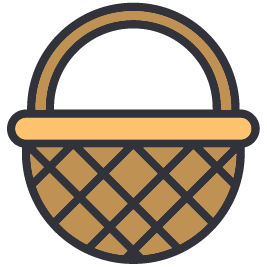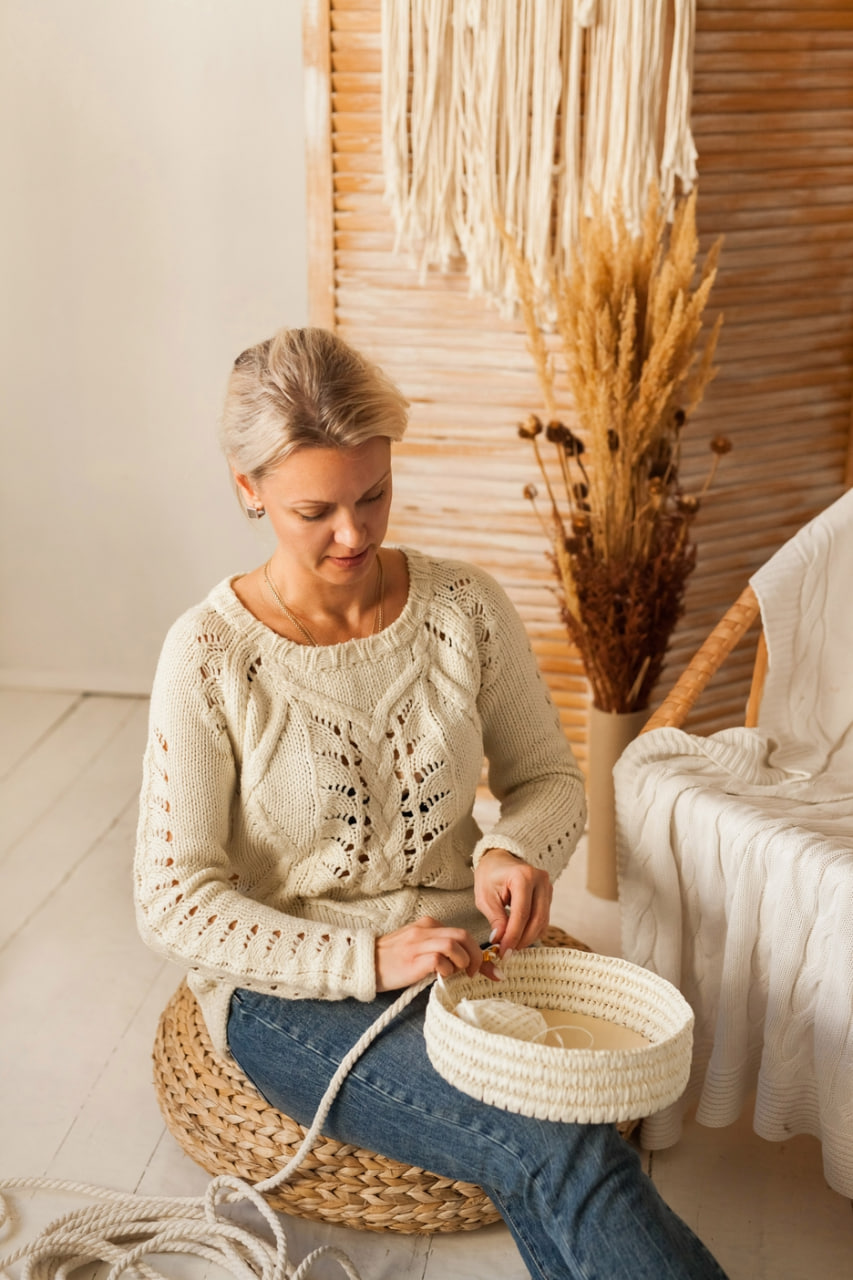Basket weaving is one of the oldest known crafts in human history, and yet it continues to thrive in the modern world. With roots stretching back thousands of years across every continent, this traditional technique remains relevant, not only for its practicality but also for its meditative, creative nature.
Whether you’re looking to reconnect with your hands, find a mindful hobby, or simply try something new, basket weaving offers a rewarding entry point into the world of handmade crafts. In this guide, we’ll walk you through what makes basket weaving so timeless—and how you can get started today.
A Craft Steeped in History
Basket weaving predates pottery, textiles, and even written language. Early humans used woven containers for carrying food, storing items, and even for fishing and shelter. Archaeological evidence suggests that people were weaving with reeds, grasses, and other plant fibers as far back as 10,000 years ago.
Over the centuries, basketry evolved into distinct regional styles shaped by the materials available and the cultures that developed them. From the coiled pine needle baskets of Native America to the fine willow work of European artisans, each style tells a unique story of people and place.
Today, while baskets may no longer be essential for survival, they remain a beautiful and functional symbol of tradition, resourcefulness, and artistry.
Why Learn Basket Weaving?
In our fast-paced, digital world, more people are turning to traditional crafts as a way to slow down, reconnect with nature, and create something tangible. Basket weaving is particularly appealing for beginners because:
- It requires minimal tools and space.
- You can start with simple forms and grow gradually.
- It uses natural, sustainable materials.
- It fosters mindfulness and concentration.
- It produces something useful and beautiful.
Many beginners are surprised by how quickly they can complete their first basket—and how deeply satisfying the process is, even with no prior experience.
What You’ll Need to Start
To begin basket weaving, you’ll need a few simple materials and tools. These may vary depending on the type of basket you’re making, but most starter projects require:
Materials:
- Willow, reed, rattan, or seagrass
- Soaking bucket (for softening the weaving material)
- Optional: raffia, yarn, or fabric for decoration
Tools:
- Scissors or pruning shears
- Awl or weaving tool (to guide and tuck fibers)
- Clothespins or clips (to hold pieces in place)
- Measuring tape or ruler
You don’t need expensive equipment or years of training. Many first-time weavers complete their first project using nothing more than reed, scissors, and water.
Understanding Basic Techniques
Basket weaving generally follows a few core techniques. Understanding these will help you feel more confident when following a tutorial or attending a class:
- Stakes (or spokes): These are the structural elements of your basket, usually arranged like the spokes of a wheel at the base.
- Weavers: These are the strands you weave in and out around the stakes to build the sides of the basket.
- Coiling: A technique where a continuous coil is wrapped and sewn to form the basket.
- Twining and plaiting: Other methods that use two or more weavers to create strong, decorative effects.
Each method offers different aesthetics and structural qualities. In our beginner workshops, we typically start with simple round or rectangular baskets using the “over-and-under” method, which provides a solid foundation for more advanced techniques.
Tips for First-Time Weavers
- Soak your materials well. Dry reeds or willow are stiff and brittle. Soaking makes them flexible and easier to work with.
- Take your time. Basket weaving rewards patience. Rushing often leads to uneven tension or a lopsided shape.
- Practice even pressure. Consistent tension makes a cleaner, more uniform basket. Don’t pull too hard, or your walls may warp.
- Start small. A simple bowl or tray is a great first project. Once you understand the basics, you can explore larger or more decorative pieces.
- Embrace imperfections. Handmade baskets are not supposed to be perfect. Each bump or curve tells part of the story—and adds character.
Learning Through Workshops
While books and online videos can be helpful, many beginners find that learning in a hands-on environment with expert guidance makes a big difference. Workshops allow you to:
- Ask questions in real-time
- Get feedback on your technique
- Work with high-quality materials
- Connect with other learners
- Leave with a finished basket in just a few hours
Our beginner classes are designed to be approachable, relaxing, and enjoyable. Even if you’ve never worked with your hands before, you’ll walk away with new skills—and a creation you’re proud of.
A Craft Worth Returning To
Like any traditional art form, basket weaving deepens over time. What starts as a simple hobby can grow into a lifelong practice. With each basket you make, you’ll gain more confidence, learn new techniques, and find more creative freedom.
Whether you weave once a year or every weekend, the beauty of this craft lies in its accessibility, its history, and its quiet ability to bring you into the present moment.
So pick up a reed, soak it in water, and start weaving. You’re not just learning a craft—you’re becoming part of a story thousands of years old.

